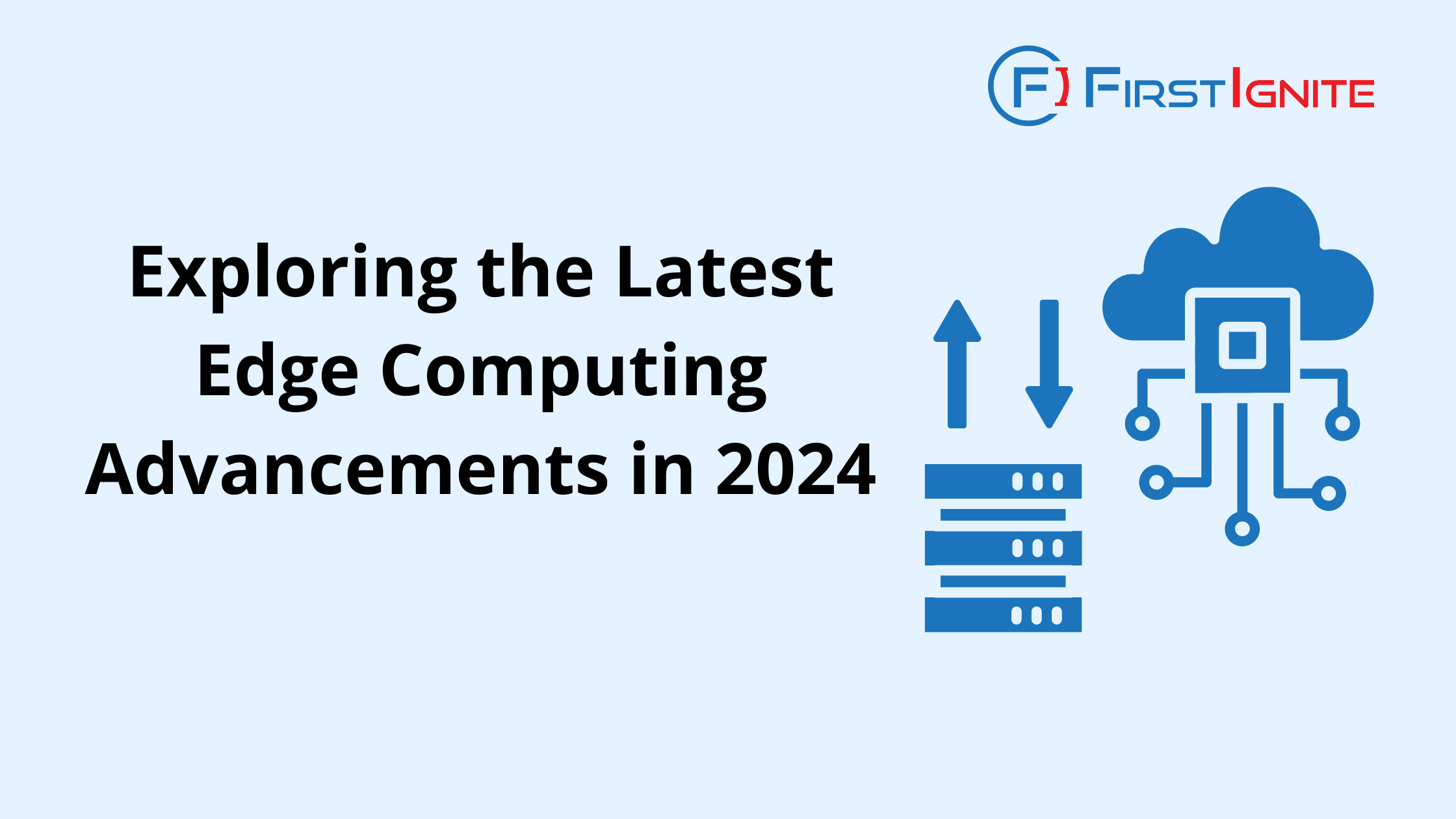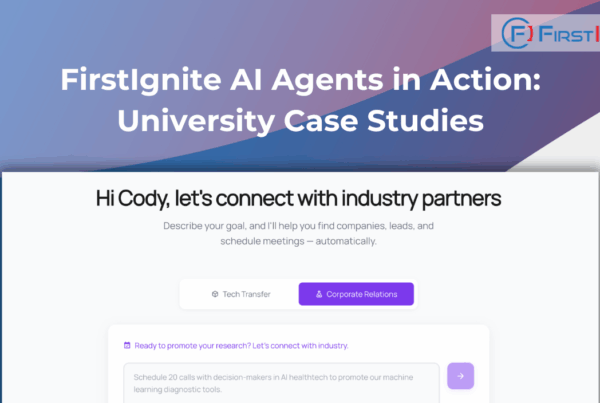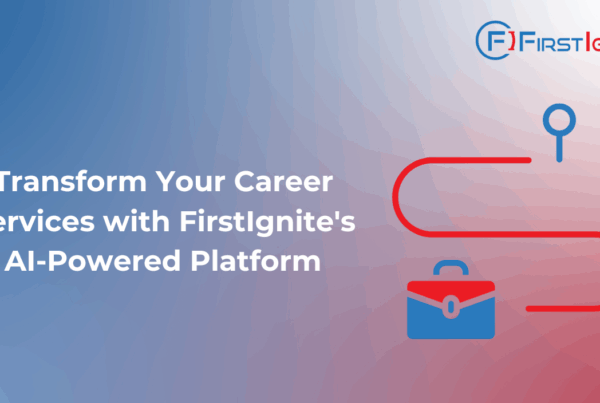
Introduction to Edge Computing
Edge computing, a rapidly advancing field in technology, brings data processing and storage closer to the data source rather than relying on centralized cloud infrastructure. This approach reduces latency, enhances data privacy and security, and improves overall system performance. Recent strides in edge computing, driven by the rise of 5G networks and the prevalence of IoT devices, are transforming the landscape and paving the way for future innovations.
Role of Artificial Intelligence (AI) in Edge Computing
The integration of AI technologies into edge computing is transforming industries by enabling intelligent, real-time processing at the data source. AI-powered edge computing solutions allow edge devices to make autonomous decisions, perform complex analytics, and deliver personalized experiences without constant cloud connectivity. This synergy, known as edge AI, reduces network burden and enables innovative applications like real-time object detection, predictive maintenance, and intelligent surveillance systems.
Latest Edge Computing Trends and Innovations in 2024
In 2024, edge computing is experiencing exciting developments and innovations. The convergence of 5G and edge computing is enabling faster data transfer, lower latency, and improved reliability, unlocking applications like autonomous vehicles and remote healthcare. The blurring line between edge and cloud computing is creating a seamless “edge-to-cloud continuum” for efficient data management and enhanced system resilience. Integrating distributed ledger technologies with edge computing is revolutionizing data security and management, particularly in supply chain and financial services. Additionally, edge computing powers immersive experiences in VR, AR, and MR by delivering high-performance, low-latency computing locally. Finally, edge computing plays a crucial role in sustainable energy by optimizing real-time monitoring, predictive analytics, and autonomous decision-making for greater efficiency and sustainability.
University Advancements in Edge Computing in 2024
In 2024, universities are making significant strides in edge computing. The University of Illinois Urbana-Champaign is at the forefront with its Grainger College of Engineering and Siebel School of Computing and Data Science, driving advancements through substantial investments in AI-driven edge computing technologies. Carnegie Mellon University’s Living Edge Lab is also pivotal, focusing on innovative edge computing solutions and new applications. These efforts underscore the vital role of academia in advancing edge computing and fostering industry collaboration.
Impact of Edge Computing on Various Sectors
Edge computing is revolutionizing various sectors by bringing data processing closer to the source. In healthcare, it enables real-time diagnostics and personalized treatments. In manufacturing, it optimizes production and maintenance. For smart cities, it supports intelligent infrastructure and real-time responsiveness. In transportation, it improves safety and efficiency. Retailers use it for personalized experiences and efficient operations. Overall, edge computing boosts efficiency and innovation across industries.
Conclusion: Embracing the Potential of Edge Computing in 2024 and Beyond
As we look towards the future, the potential of edge computing is truly limitless. In 2024 and beyond, we can expect to see even more remarkable advancements in this transformative technology, with the convergence of 5G, AI, and distributed ledger technologies driving unprecedented levels of performance, security, and sustainability. By embracing the power of edge computing, we can unlock a future filled with innovative applications, enhanced user experiences, and a more sustainable, connected world.




